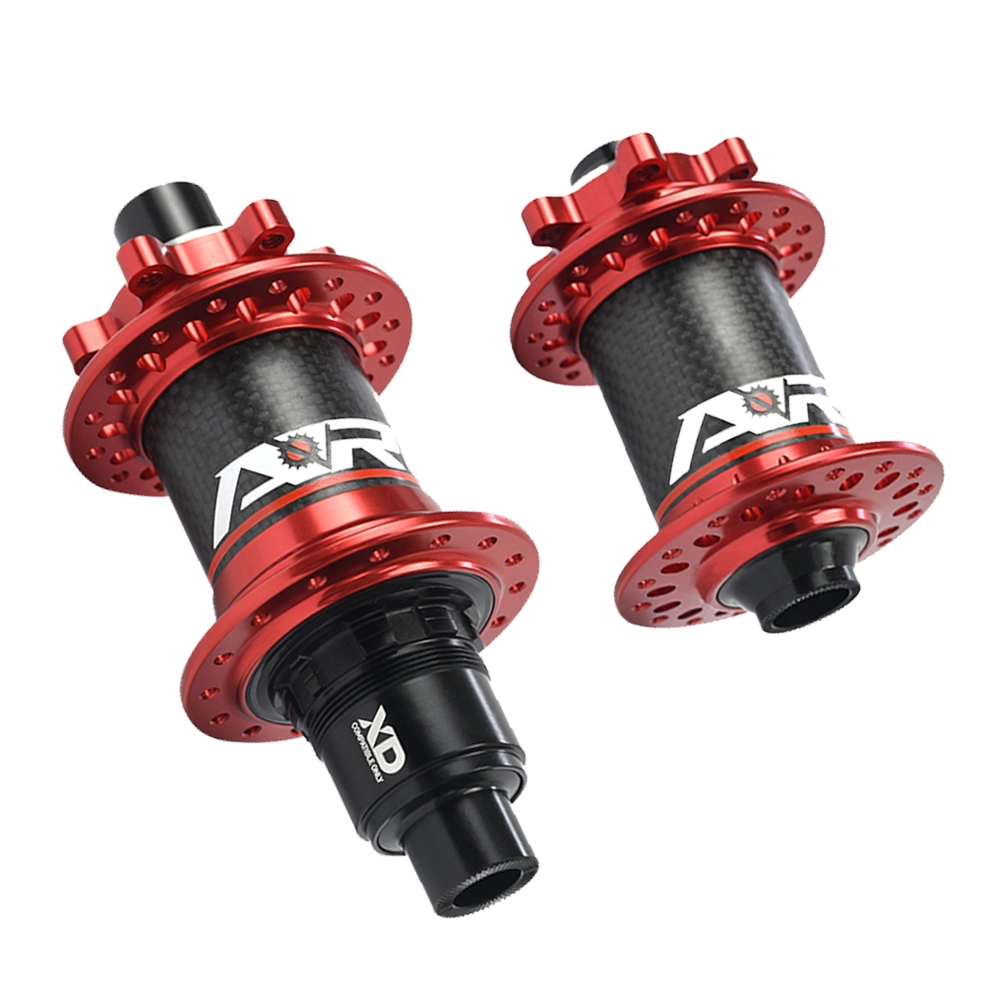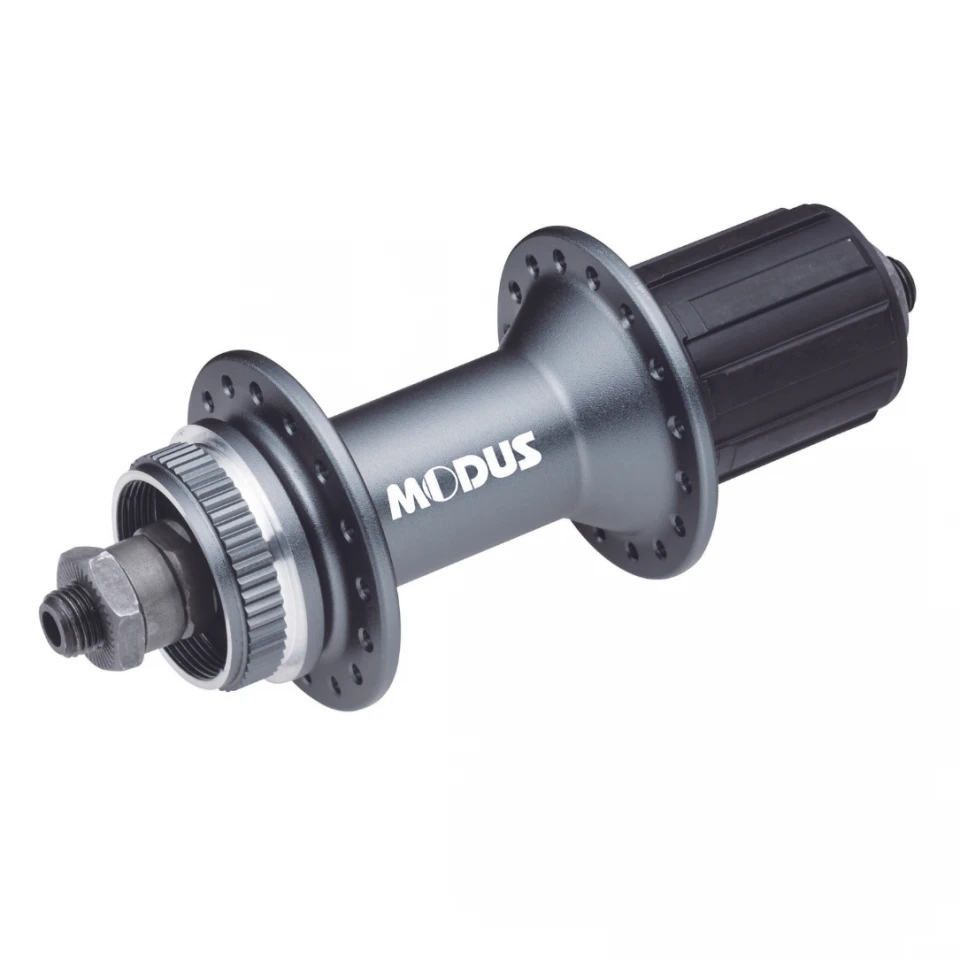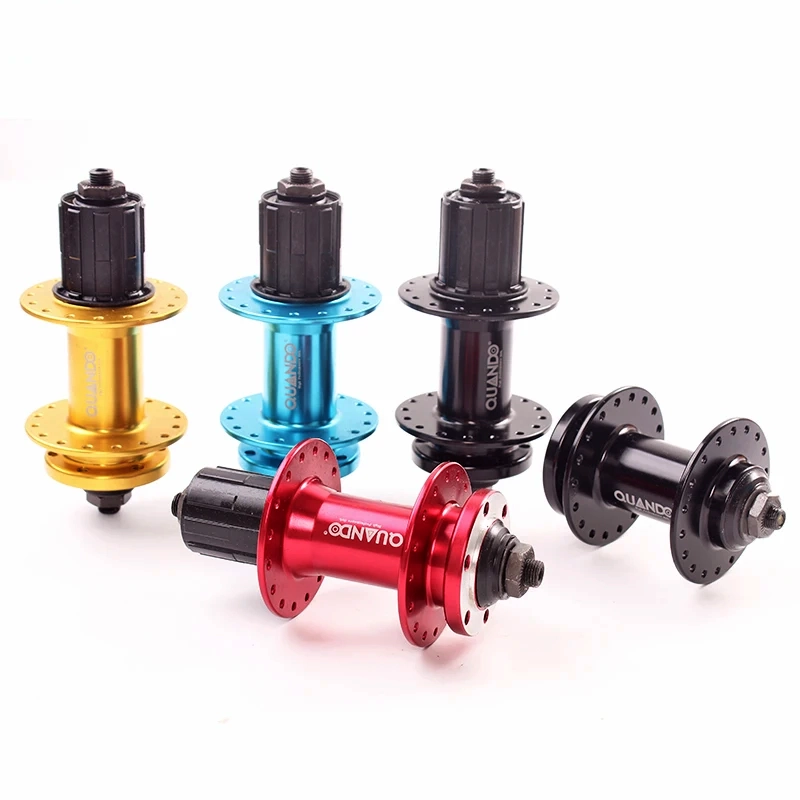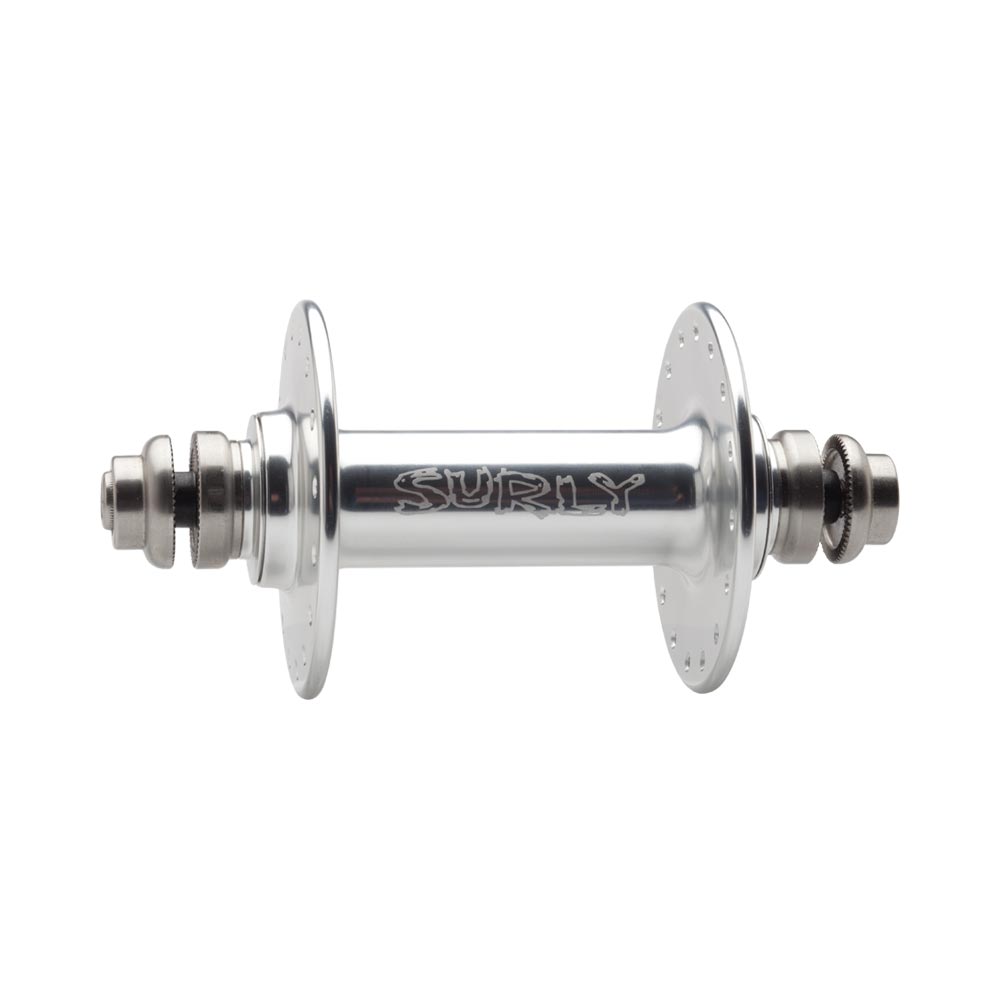I. Understanding Bicycle Hubs

A. Introduction to Bicycle Hubs
When it comes to bicycles, the hub is an often overlooked but crucial component of the overall functionality of the bike. The hub is the central part of the bike’s wheel, connecting the wheel to the axle and allowing for smooth rotation. It is essentially the core of the wheel, and without it, the bike would not be able to move forward.
Bicycle hubs come in a variety of types and designs, each serving a specific purpose and catering to different cycling needs. In this guide, we will explore the components and functionality of bicycle hubs, as well as the different types of hubs available for various cycling disciplines.
B. Components and Functionality of Bicycle Hubs
The basic components of a bicycle hub include the axle, bearings, hub shell, and the freehub body or freewheel. The axle is the rod that runs through the center of the hub and attaches to the fork of the bike, allowing the wheel to spin around it. The bearings are the small, usually round, pieces located inside the hub which allow for smooth rotation of the wheel around the axle. The hub shell is the outer casing of the hub, which holds all the components together.
The freehub body, or freewheel, is the part of the hub that allows the bike to coast. When the bike is moving and the rider stops pedaling, the freewheel allows the rear wheel to continue spinning freely without the pedals turning. This is a crucial function for any bike and is a key component of the hub.
II. Types of Bicycle Hubs
A. Overview of Different Types of Bicycle Hubs
There are several different types of bicycle hubs available, each catering to specific cycling disciplines and riding styles. The main types of hubs include traditional, coaster, and disc hubs, each with their own unique features and benefits.
Traditional hubs are the most common type of hub and are found on most standard bicycles. These hubs are designed for use with rim brakes and are typically lightweight and easy to maintain. They are a great option for casual or recreational cyclists who are looking for a reliable and affordable hub option.
Lastly, disc hubs are specifically designed for use with disc brakes, which are becoming increasingly popular in the cycling world. These hubs are built to withstand the higher forces generated by disc brakes and are often found on mountain bikes, gravel bikes, and other off-road or high-performance bicycles.
B. Exploring Hub Options for Various Cycling Disciplines
In addition to the main types of hubs, there are also different hub options available for various cycling disciplines. For example, road cyclists may be interested in lightweight and aerodynamic hubs, while mountain bikers might prioritize durability and strength. Track cyclists, on the other hand, may require hubs that are optimized for speed and power transfer.
When choosing a hub for a specific cycling discipline, it’s important to consider factors such as weight, durability, and compatibility with other components. For example, a mountain biker may prioritize a hub that is compatible with a thru-axle system, while a road cyclist may prioritize hubs that are compatible with tubeless tires.

III. Factors to Consider When Choosing Bicycle Hubs
A. Key Considerations for Selecting Bicycle Hubs
Choosing the right bicycle hubs is essential for optimizing the performance and functionality of your bike. There are several key factors to consider when selecting bicycle hubs, including the type of riding you will be doing, the compatibility with other components, and the overall quality and durability of the hub.
When it comes to the type of riding, different disciplines may require different hub features. For example, road cyclists may prioritize lightweight and aerodynamic hubs to improve speed and efficiency, while mountain bikers may prioritize durability and strength to withstand the rugged terrain and obstacles encountered on off-road trails.
Compatibility with other components is another crucial consideration. Hubs need to be compatible with the bike’s frame, fork, and braking system. For example, disc hubs are specifically designed for use with disc brakes, and their compatibility with the disc rotor size needs to be considered. Additionally, hub spacing, whether it’s standard quick-release or thru-axle, should match the bike’s frame and fork specifications.
Furthermore, the quality and durability of the hub are important factors to consider. A well-built hub with high-quality bearings and materials will provide a smoother ride and require less maintenance over time. It’s worth investing in a reliable and durable hub to ensure long-term performance and reliability.
B. Understanding Hub Compatibility and Integration
In addition to considering the type of riding and overall quality of the hub, it’s important to understand hub compatibility and integration with other bike components.
One key aspect of hub compatibility is the hub’s attachment method. Traditional quick-release hubs have been the standard for many years, but thru-axle hubs are becoming increasingly popular, especially in mountain biking. Thru-axle systems offer greater stiffness and security, especially for disc brake setups, and it’s important to ensure that the hub matches the frame and fork’s thru-axle specifications.
Additionally, when choosing a hub for use with disc brakes, it’s crucial to ensure that the hub is compatible with the specific rotor size and mounting standard used on the bike. Compatibility with the cassette or freewheel system is also important, especially for riders looking to upgrade or customize their drivetrain.
IV. Maintenance and Care of Bicycle Hubs

A. Essential Maintenance Practices for Bicycle Hubs
Proper maintenance and care are crucial for ensuring the longevity and performance of bicycle hubs. Regular maintenance practices can help prevent issues such as bearing wear, axle damage, and hub misalignment. Here are some essential maintenance practices for bicycle hubs:
- Cleaning and Lubrication:
Regularly cleaning the hub and applying appropriate lubrication to the bearings and freehub body can help prevent dirt and grime buildup, reducing friction and prolonging the life of the hub components. - Bearing Adjustment:
Periodically checking and adjusting the hub’s bearing preload will help maintain smooth rotation and prevent excessive wear on the bearings. - Inspection for Damage:
Regularly inspecting the hub for any signs of damage, such as cracks, dents, or bent axles, can help catch potential issues early and prevent further damage to the hub. - Spoke Tension and Wheel Trueness:
Ensuring that the spokes are properly tensioned and the wheel is true will help maintain the overall integrity and performance of the hub and wheel assembly.
B. Troubleshooting Common Issues with Bicycle Hubs
Despite regular maintenance, issues with bicycle hubs can still arise. Some common problems include excessive play in the hub, grinding or rough bearing feel, or difficulty engaging the freewheel. Troubleshooting these issues may require disassembling the hub, inspecting the bearings, and making adjustments as needed.
Additionally, issues such as loose or damaged spokes, worn out freehub bodies, or damaged hub shells can also affect the performance of the hub. Identifying and addressing these issues early can help prevent further damage and costly repairs.
V. Reviews of Top Bicycle Hub Brands
A. Comparison of Leading Bicycle Hub Manufacturers
When it comes to choosing bicycle hubs, there are several leading manufacturers known for producing high-quality and reliable hubs. Each brand offers a range of hubs designed for different types of cycling, and comparing these manufacturers can help cyclists make an informed decision when selecting a hub for their bikes. Let’s take a look at some of the top bicycle hub brands and compare their offerings.
- Shimano: Shimano is a well-respected name in the cycling industry, known for producing a wide range of bike components, including hubs. Shimano offers hubs for road, mountain, and hybrid bikes, with a focus on durability, performance, and compatibility with other Shimano components such as groupsets and brakes.
- DT Swiss: DT Swiss is a Swiss company that has established itself as a leader in wheel and hub technology. DT Swiss hubs are renowned for their precision engineering, high-quality bearings, and innovative designs. The brand offers hubs for road, mountain, gravel, and even e-bikes, with a strong emphasis on performance and reliability.
- Chris King: Chris King is a boutique manufacturer known for its precision-engineered hubs and legendary reliability. Based in the United States, Chris King hubs are favored by many cyclists for their smooth bearings, durable construction, and striking aesthetics. The brand offers hubs for a variety of disciplines, including road, mountain, and cyclocross.
- Hope Technology: Hope Technology is a British company recognized for its high-performance mountain bike components, including hubs. Hope hubs are renowned for their robust construction, smooth bearings, and customizable color options. The brand’s hubs cater to the demands of off-road riding, offering options for different axle standards and disc brake setups.
B. Exploring User Experiences and Recommendations for Bicycle Hubs
To gain a deeper understanding of the user experiences and recommendations for bicycle hubs, it’s valuable to explore the feedback and reviews from cyclists who have used these hubs in various riding conditions. Cyclists often provide valuable insights into the performance, durability, and overall satisfaction with specific hub brands and models.
- Shimano Hubs:
Many cyclists appreciate Shimano hubs for their reliability and smooth operation. Road cyclists often praise Shimano’s road hubs for their lightweight design and compatibility with Shimano’s drivetrain components. Mountain bikers also find Shimano’s mountain bike hubs to be durable and well-suited for off-road use. - DT Swiss Hubs:
DT Swiss hubs tend to receive high praise for their precision and durability. Cyclists often highlight the smooth rolling of DT Swiss hub bearings and the ease of maintenance. Whether used for road cycling or tackling mountain trails, DT Swiss hubs are favored for their performance and longevity. - Chris King Hubs:
Cyclists who opt for Chris King hubs often rave about their exceptional quality and longevity. These hubs are known for their silky-smooth bearings and the ability to withstand demanding riding conditions.
In conclusion, bicycle hubs are a fundamental yet often overlooked component of a bike’s wheel system. Understanding the different types of hubs and their functionality is crucial for choosing the right option for your specific cycling needs. Whether you’re a casual rider, a competitive racer, or an off-road enthusiast, there are hub options available to suit your riding style and preferences. By considering the components and features of different hubs, you can make an informed decision and ensure that your bike’s wheels are optimized for performance, durability, and safety.
